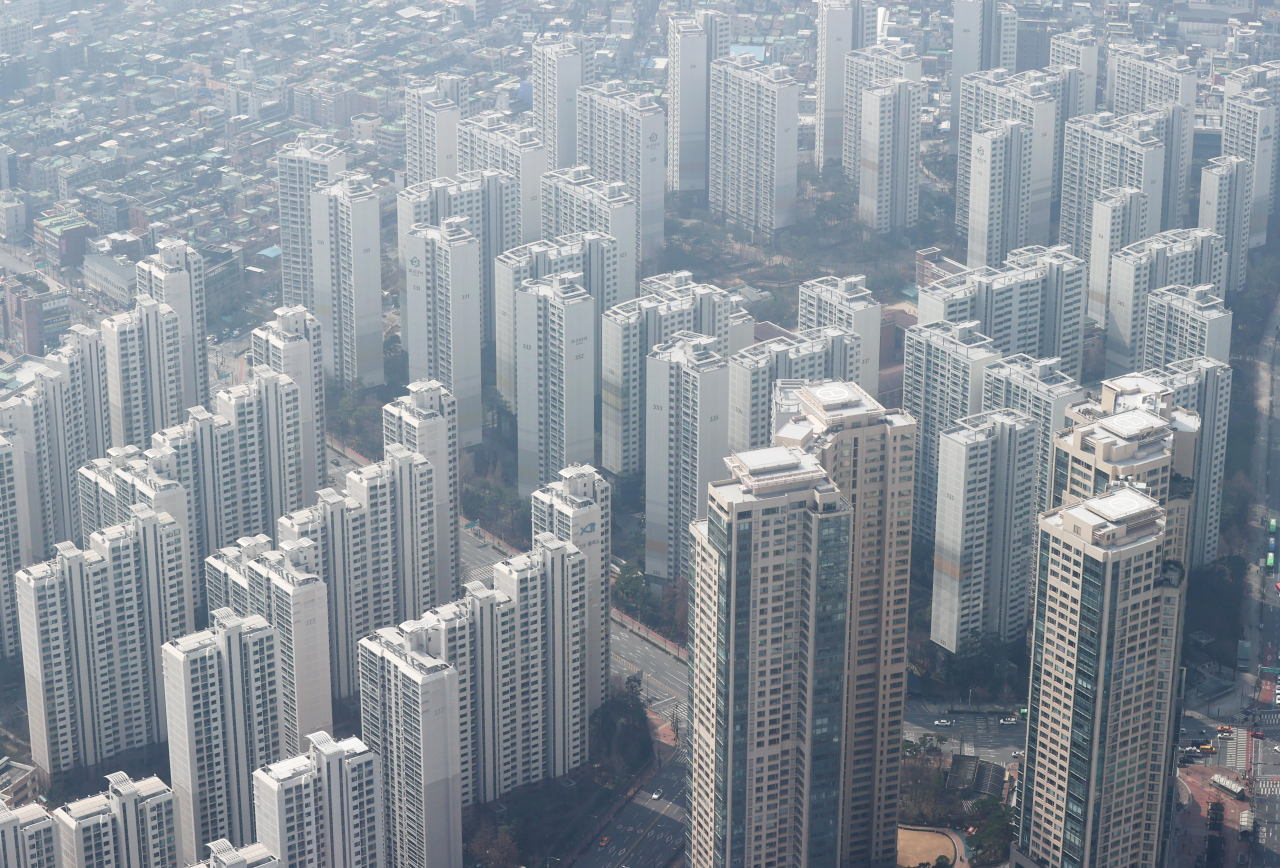S. Korea suffers falls in production, consumption, investment in April
By YonhapPublished : May 31, 2022 - 09:29

South Korea's industrial output, consumption and investment declined together for the first time in over two years in April in the latest sign that economic recovery momentum remains fragile, data showed Tuesday.
Industrial production fell 0.7 percent in April from the previous month, compared with a 1.6 percent on-month rise in March, according to the data from Statistics Korea.
Compared with a year earlier, industrial output grew 4.5 percent.
Retail sales, a gauge of private spending, fell for the second consecutive month in April. Retail sales slid 0.2 percent last month, after a 0.7 percent on-month fall in March.
Facility investment fell 7.5 percent in April, larger than a 2.2 percent on-month decline in March. Facility investment declined for the third straight month, as companies, led by chipmakers, have delayed investments amid global supply chain disruptions and rising raw material prices.
It marked the first time since February 2020 that industrial output, consumption and facility investment declined together.
"Domestic demand remains rather sluggish. Economic growth momentum showed sputtering movements," Eo Woon-sun, a senior official at the statistics agency, told reporters.
Asia's fourth-largest economy has been on a recovery track on the back of robust exports and improving private spending. But it faces heightened economic uncertainty as soaring energy and food prices have put upward pressure on inflation amid Russia's war with Ukraine.
"Economic uncertainty remains elevated as (amid these downside economic risks) the lifting of virus curbs, an extra budget and major firms' massive investment plans could serve as an upside momentum for economic growth," Eo said.
Output in the manufacturing industry, the backbone of the economy, fell 3.1 percent on-month, led by a fall in the production of memory chips.
But service output grew 1.4 percent in April as production in the accommodation and eatery segments jumped 11.5 percent on-month due to relaxed virus restrictions.
The main index gauging the current economic situations fell for the second straight month in a possible sign that economic growth momentum may have peaked.
The cyclical component of the composite coincident index, which reflects current economic situations, fell 0.3 point on-month to 102.1.
The index, which predicts the turning point in business cycles, also shed 0.3 point on-month to 99.3, extending its losing streak to the 10th month.
Concerns about stagflation, a mix of slowing growth and high inflation, have mounted. High inflation erodes people's purchasing power, thereby hampering consumption and economic growth.
Inflation growth is widely expected to exceed 5 percent in May after a 4.8 percent on-year spike in April, the fastest rise in more than 13 years.
Last week, the Bank of Korea sharply raised its 2022 inflation outlook to a 14-year high of 4.5 percent from its previous 3.1 percent estimate. The central bank lowered its growth forecast for the South Korean economy to 2.7 percent from 3 percent. (Yonhap)








![[KH Explains] How should Korea adjust its trade defenses against Chinese EVs?](http://res.heraldm.com/phpwas/restmb_idxmake.php?idx=644&simg=/content/image/2024/04/15/20240415050562_0.jpg&u=20240415144419)











![[Today’s K-pop] Stray Kids to return soon: report](http://res.heraldm.com/phpwas/restmb_idxmake.php?idx=642&simg=/content/image/2024/04/16/20240416050713_0.jpg&u=)